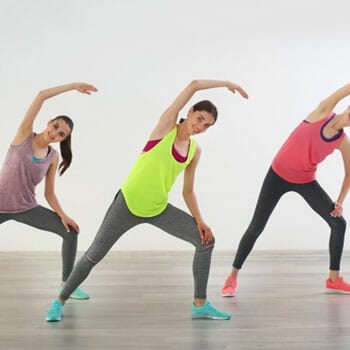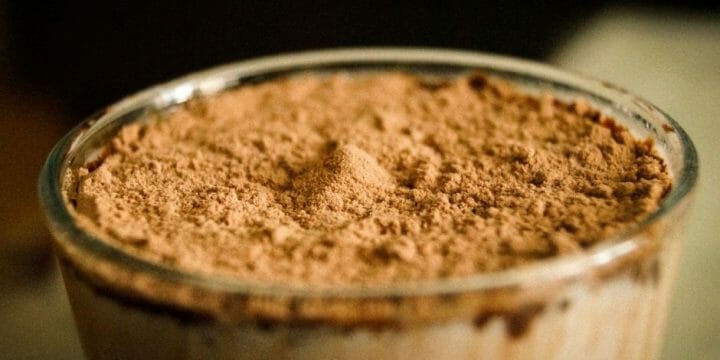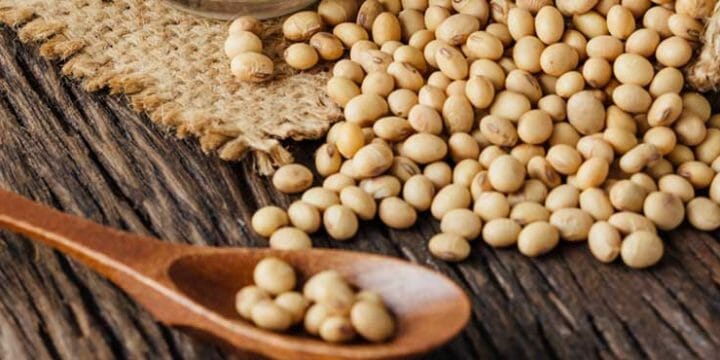From my years of experience as a medical doctor, I've noticed a common misconception: people often use the terms calories and fat synonymously when discussing weight loss.
In reality, there’s a big difference between calories and fat. As a result, it can be frustrating to do what the fitness pros say, only to see minimal results.
Having delved deep into the science, I've distilled the core differences between burning calories and fat to guide you on your transformation journey.
Quick Summary
- Burning calories relates to the energy used from food, whereas burning fat specifically targets the body's stored fat reserves for energy.
- Insulin and adrenaline play significant roles in how our bodies store and utilize glucose and fat, influencing weight management and metabolic health.
- Typically, a person needs to burn about 3,500 calories to lose one pound of body fat, emphasizing the importance of a sustained calorie deficit for effective fat loss.
- In my experience, I've found that while calorie counting is a helpful tool, focusing on improving overall metabolic health and specifically targeting fat reduction leads to more sustainable and effective weight management for my patients.
What Is the Difference Between Burning Fat and Calories?

While burning calories might seem straightforward, tapping into those fat reserves is a more intricate process with specific conditions.
- Calories are units of energy extracted from the food we eat. All food groups such as carbs, proteins, grains, and fats contain calories in varying amounts.
- Fats are a group of insoluble compounds found in fatty foods. Our bodies naturally extract calories from the food we eat to provide us with energy. When we eat too much, we gain weight because our fat cells store extra calories.
Contrary to this, fats are different. Because they are stored in the body, the fat-burning process is far more complex and challenging.
It's important to understand how fat burns if you want to lose weight. Weight loss can be achieved by burning stored body fat, which is important for overall energy expenditure.
To effectively burn fat, engaging in activities that elevate your heart rate and increase oxygen intake is essential.
Cardio exercises such as running, cycling, and swimming increase fat oxidation and stimulate fat burning.
The Role of Hormones in Fat Burning vs. Calorie Burning
Hormones are the body's chemical messengers, influencing a myriad of physiological processes, including metabolism and weight management.
Insulin, produced by the pancreas, is a key player in how our bodies store and utilize glucose and fat. Elevated insulin levels can inhibit the burning of stored fat and instead promote its accumulation. Conversely, adrenaline, a hormone released during stress or intense activity, can enhance fat burning.
By understanding the hormonal responses during various activities, one can tailor their fitness regimen to optimize fat burning and overall metabolic health.
What Is More Important If You Want to Lose Weight: Calories or Fat?

When it comes to losing weight, you’ll want to focus on burning fat if you’re looking to achieve tangible results.
As mentioned earlier, shedding calories alone won’t have any significant effect in helping you lose fat. If you want to slim down, you’ll need to focus on getting rid of the excess fat stored in your cells.
The best way to accelerate your body transformation goals is twofold: engage in intense exercise consistently, and manage your calorie intake. According to Liz Cook, Registered Dietician of OnPoint Nutrition, the biggest key to weight loss is a calorie deficit.
Related Article: How Many Calories to Burn an Ounce of Fat
The Psychological Impact of Focusing on Calorie vs. Fat Burning
The mindset with which we approach weight loss can significantly influence our journey's success and sustainability.
Recognizing the distinction between burning fat and mere calories can be empowering. When individuals understand they are targeting stored fat, it instills a sense of purpose in their workouts.
This clarity can lead to increased motivation, greater satisfaction post-exercise, and a higher likelihood of adhering to fitness routines.
In essence, the right mindset can be a potent tool in achieving and maintaining desired weight loss goals.
Related Articles:
Aerobic Exercise

Aerobic exercise includes any form of cardiovascular activity that gets your heart rate up.
Popular choices such as swimming, running, spin class, and aerobics are great choices to accelerate the fat-burning process.
These types of workouts gradually elevate the heart rate and increase the volume of oxygen supplied to muscles. As a result, it provides your body with enough oxygen to facilitate the breakdown of body fat.
High-Intensity Workout

The tougher your workout, the more energy your body craves. Take high-intensity interval training (HIIT), for instance—it's a real energy guzzler.
Calories alone can't cut it for the fuel you need. But hey, there's a backup tank—your fat reserves. Dive into high-intensity training, and your body happily burns that stored fat, leading to some serious weight loss.
Additionally, workouts such as weight training have been associated with something called the “after-burn effect”.
It is a process where the body continues burning calories long after you’ve finished exercising, which can last anywhere from 15 minutes to 48 hours.
“The exercise after-burn, or the calories expended (above resting values) after an exercise bout, is referred to as ‘excess post-exercise oxygen consumption’ or EPOC. This represents the oxygen consumption above resting level that the body is utilizing to return itself to its pre-exercise state.”
- Chantal A. Vella, Ph.D
Reduce Your Calorie Intake

Perhaps the easiest way to shed weight and lose fat is to consume fewer calories.
If you’re looking to shed pounds off your waist, you need to burn more calories than you eat.
The simplest way to do this is to watch your diet and ensure you’re living a healthy lifestyle. It makes sense, doesn’t it?
FAQs
How to Increase Calorie Burn?
Some of the best ways to increase calorie burn is by building muscle mass, watching what you eat, sleeping at least seven hours, and avoiding stress. Chewing gums, fidgeting, and getting exposed to the cold are other ways of increasing fat burning process.
Are Fat or Calories Harder to Burn?
Fats are more complex than calories and harder to break down. To initiate the fat-burning process, your body requires an abundance of oxygen levels.
As a result, the body only turns to fats for energy as a last resort.
How Do I Burn Fat Instead of Calories?
To burn fat instead of calories, you’ll need to elevate your heart rate for a prolonged duration.
This increases your oxygen intake and allows the fat-burning process to be initiated
How Do You Know You Are Burning Fats?
You will know you are burning fat when you see physical transformations. Over time, you will notice reduced body measurements, less fat on your body, and more defined muscles. Another indicator that you start burning fat is the ability to work out on an empty stomach, indicating that your body is using fats for energy.
Which Exercise Burns the Most Calories?
Running burns the most calories per hour. Other exercises that burn a significant amount of calories include HIIT workouts, swimming, and jumping rope.
About The Author
You May Also Like






